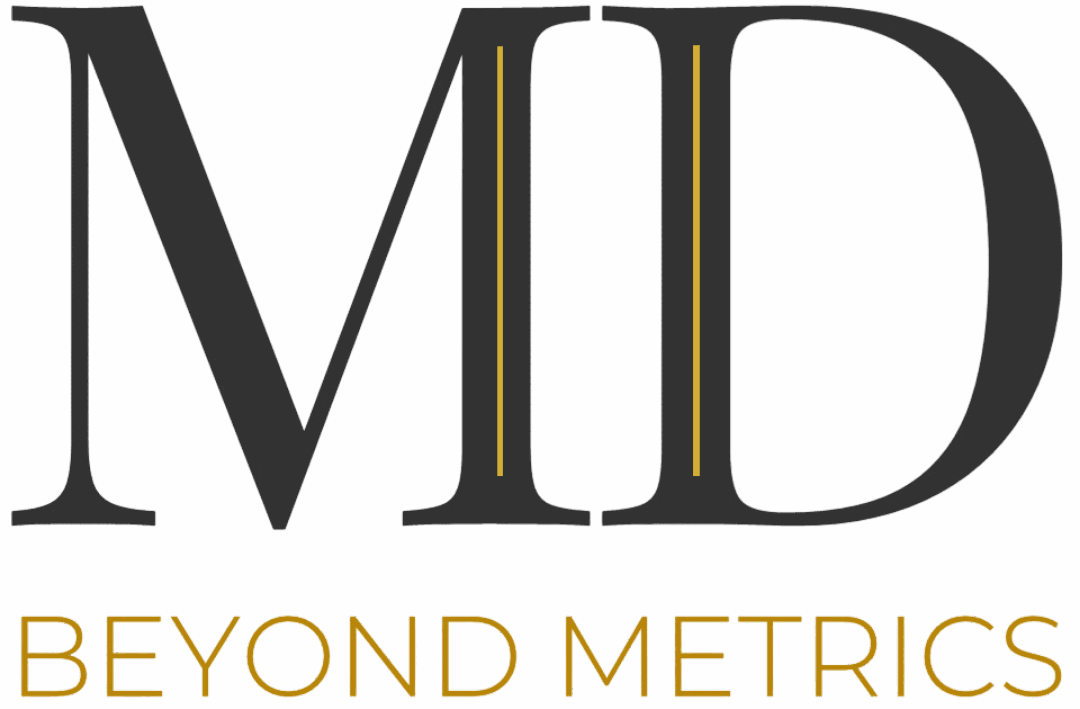Your best people are leaving. New hires underperform. Managers complain about lack of support. These aren’t isolated problems—they’re symptoms of HR gaps that quietly erode your organization’s ability to compete.
Most executives don’t see HR gaps until they become expensive. A key role stays vacant for months. A discrimination claim surfaces. Turnover spikes in a critical department. By then, the damage is done.
What HR Gaps Actually Look Like
HR gaps appear in three forms: structural, operational, and strategic. Structural gaps are missing roles or unclear reporting lines. Operational gaps are broken processes—onboarding that takes too long, performance reviews that don’t happen, compensation data that’s outdated.
Strategic gaps are the most dangerous. They happen when HR isn’t aligned with business goals. You’re hiring for today’s needs while the market demands different skills. You’re using last year’s compensation model in a tight labor market.
Sample HR gaps show up differently across organizations, but the pattern is consistent. Small cracks become major fractures when ignored.
The Real Cost of Ignoring HR Gaps
A mid-sized manufacturing company lost three senior engineers in six months. Exit interviews revealed the same issue: no clear career path. The gap wasn’t compensation—it was development planning. The cost? $450,000 in recruitment, lost productivity, and project delays.
HR gaps don’t just affect retention. They impact your ability to scale. When you can’t hire fast enough, projects stall. When compliance processes are weak, legal risk grows. When performance management fails, mediocrity becomes acceptable.
Key Insight: HR gaps multiply over time. What starts as a minor process issue becomes a cultural problem that’s exponentially harder to fix.
How to Spot Sample HR Gaps in Your Organization
Start with data. Look at time-to-fill metrics for open positions. If roles take 60+ days to fill, you have a sourcing or employer brand gap. Check turnover rates by department and tenure. High turnover in the first year signals onboarding or hiring gaps.
Review your HR-to-employee ratio. The standard is 1:100, but it varies by industry. If you’re understaffed, operational gaps are inevitable. Your team is firefighting instead of building systems.
Talk to managers. Ask what HR support they need but don’t get. The answers reveal operational gaps. Ask executives about business priorities for the next 18 months. Compare those priorities to your HR roadmap. Misalignment is a strategic gap.
Common Patterns That Signal Problems
Watch for these red flags. Managers hiring without HR involvement. Inconsistent application of policies. No succession plans for critical roles. Compensation decisions made without market data. Training budgets that get cut first.
These patterns indicate sample HR gaps that need immediate attention. They’re not just HR problems—they’re business risks.
Building Your Gap Analysis Framework
Map your current state. Document every HR process, system, and role. Identify what’s working and what’s broken. Be honest about capability gaps in your team.
Define your future state. What does HR need to look like to support your business strategy? What capabilities are missing? What processes need to exist?
The difference between current and future state is your gap. Prioritize based on business impact and urgency.
Prioritization Matrix
Use a simple framework. High impact, high urgency gaps get addressed first. These are typically compliance risks or gaps affecting revenue-generating functions. High impact, lower urgency gaps go into your strategic plan. Low impact gaps get documented but may not warrant immediate investment.
Warning: Don’t try to fix everything at once. Prioritize ruthlessly or you’ll make no meaningful progress on any front.
Practical Steps to Close HR Gaps
Start with quick wins. If onboarding is broken, fix it this quarter. Create a checklist, assign ownership, and measure completion. Quick wins build momentum and credibility.
For structural gaps, get clear on roles. Write job descriptions that reflect actual needs. Define reporting relationships. Eliminate overlap and confusion.
Operational gaps need process redesign. Map the current process. Identify bottlenecks and failure points. Design a better process. Test it with a small group before rolling out broadly.
Addressing Strategic Gaps
Strategic gaps require executive alignment. Present the business case. Show how the gap impacts revenue, risk, or competitive position. Propose solutions with clear ROI.
If the gap is skills-based, decide whether to build, buy, or borrow. Building takes time but creates internal capability. Buying—hiring external talent—is faster but more expensive. Borrowing—using consultants or fractional resources—works for short-term needs.
Technology as a Gap-Filler
Many operational gaps can be closed with technology. Applicant tracking systems speed up hiring. HRIS platforms centralize data and automate workflows. Performance management software creates consistency.
But technology isn’t a substitute for strategy. Automating a broken process just makes it fail faster. Fix the process first, then automate.
Sample HR Gaps by Function
Talent acquisition gaps: No employer brand, weak sourcing channels, slow interview process, poor candidate experience, no metrics on source quality.
Compensation gaps: Outdated salary bands, no pay equity analysis, inconsistent bonus criteria, lack of market data, no total rewards communication.
Performance management gaps: Annual reviews only, no ongoing feedback, ratings not tied to outcomes, no calibration process, development plans that aren’t followed.
Learning and development gaps: No skills inventory, training not aligned with business needs, no leadership pipeline, no measurement of training effectiveness.
Compliance gaps: Inconsistent policy application, missing documentation, no audit trail, outdated employee handbook, weak investigation process.
Department-Specific Patterns
Sales organizations often have compensation and performance management gaps. Fast growth creates structural gaps—HR can’t keep up with headcount. Tech companies face skills gaps as technology evolves faster than training programs.
Manufacturing and operations struggle with compliance and safety training gaps. Professional services firms often have weak performance management and career pathing.
Action Item: Identify which functional gaps apply to your organization. Pick the top three that impact business performance most directly.
Building Sustainable Solutions
Closing gaps isn’t a one-time project. Build ongoing assessment into your HR operating rhythm. Quarterly reviews of key metrics. Annual capability assessments. Regular feedback loops with business leaders.
Create accountability. Assign owners to each HR process. Define success metrics. Review progress monthly. When gaps reappear—and they will—you’ll catch them early.
Invest in your HR team’s capabilities. If your team lacks skills in analytics, compensation design, or employee relations, close those gaps first. Your team can’t solve problems they don’t understand.
The Role of Leadership
Executive support determines success. HR can identify gaps, but closing them requires investment and organizational change. That needs executive sponsorship.
Make the business case clear. Connect HR gaps to business outcomes. Show the cost of inaction. Propose solutions that are realistic given your resources and timeline.
What to Do Next
Start with assessment. Block two hours this week to map your current HR capabilities against business needs. Use the functional areas above as a checklist.
Identify your top three gaps based on business impact. For each gap, define what success looks like, who owns the solution, and what resources you need.
Schedule a meeting with your executive team to review findings and get alignment on priorities. Don’t present problems without solutions. Come with a plan.
Sample HR gaps exist in every organization. The difference between high-performing companies and the rest isn’t the absence of gaps—it’s how quickly they identify and close them. Your competitive advantage depends on it.






























